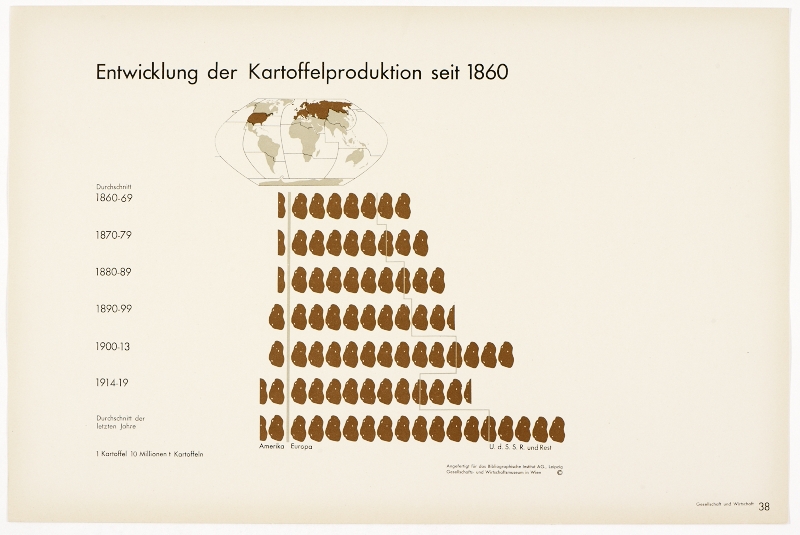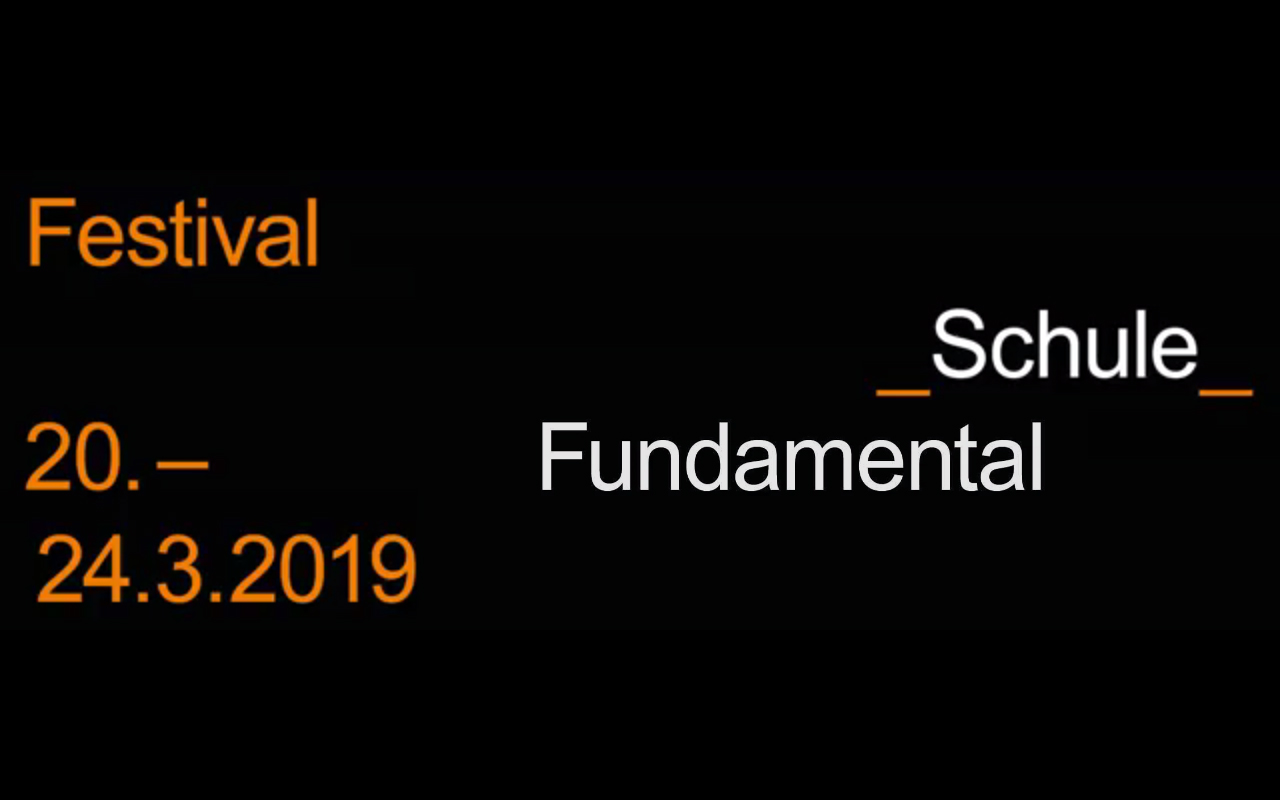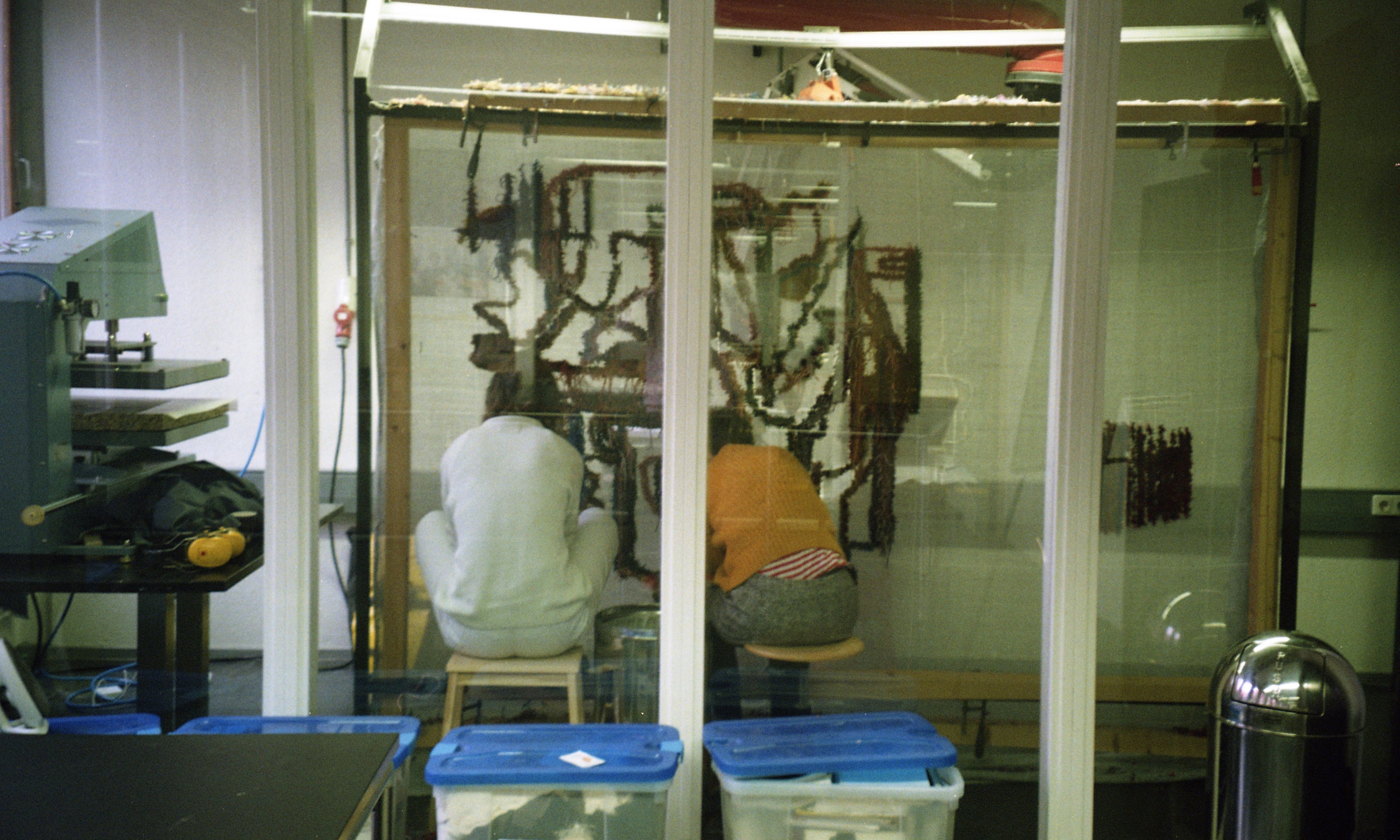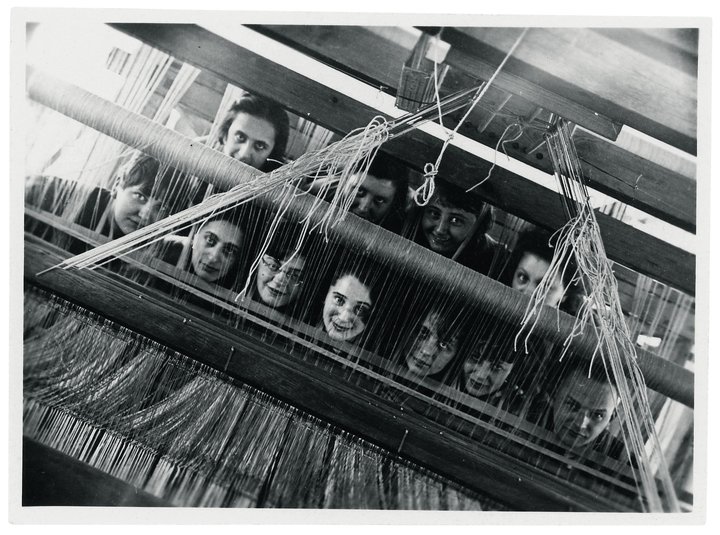>Experimental Research on Exercising Critical Visualization
Field Notebook by Carmen José
@MEIA Piet Zwart 2018-
(ongoing) traveling book
12.10.2018 - Kassel, GE
After a week of workshop about visual language and pictograms, I asked the group if they could develope a pictogram of a woman with short hair and trousers. They found the task extremely difficult and frustrating. Luise, 8 years old, was happy after drawing next to the woman a stove.
>How to work with frustration?
>How to deconstruct stereotyped representations?
7.11.2017 - Kassel, GE
Workshop to create a new wayfinding system for the THS school, where the students, according to the teachers, feel or get lost easily.
The students (ca. 14 years old) where so focused on having a fast final product that the discussions around the process and the reproduction of stereotypes where reduced to google image searching.
>How to define the process as the product?
>How to exercise critical visual representation?
11.11.2018 - Rotterdam, NL
We create a space to play and experiment in the garden. We have some plastic tubes and colorful fabrics. We decide together with the children to build a colorful shelter. There is a small girl (ca.3 years old) taking part, but she decides best to use the pink fabrics to make herself a dress and then she explains, now she is ready to marry.
>How to facilitate a space free of gender binary constructions?
Listing common workshop goals
with Rory Pilgrim
“Children are organically predisposed to be critical thinkers. Across the boundaries of race, class, gender, and circumstance, children come into the world of wonder and language consumed with a desire for knowledge. Sometimes they are so eager for knowledge that they become relentless interrogators – demanding to know the who, what, when, where and why of life. Searching for answers, they learn almost instinctively how to think.” (hooks, 2007)
Dear visitors,
we introduced gender neutral restrooms in the Kurbad Jungborn Kollektiv Café (Kassel, GE). So you don´t have to decide if you want to use "women´s" or "men´s" toilets. We think you should not be forced to classify yourself in those categories. Now the restrooms are labeled with "sitting toilet" or "sitting toilet / urinal".
So it is now possible for everyone to use both restrooms withouth hesitating. Additionally you can reduce the waiting time.
25.10.2018 - Rotterdam, NL
We read "Cities & Signs" from the book "The invisible cities" by Italo Calvino. We make group of students (18-25 years old) and walk the neighbourhood of Charlois to document its signs. We have a discussion around the question:
>How do we get to know a citie through its signs?
26.11.2018 - Mannheim, GE
Graphic storytelling workshop about climate change
We spend four hours working on how to visualize dailylife stories
There is a girl, age 14, who seems quite troubled about the drawing process. So she decides to use whatsapp emojies as inspiration.
>What is the collective imaginary nowadays?
>How does if affect our communication?
30.11.2018 - Rotterdam, NL
For our Workshops Presentations at Piet Zwart
I asked the group of master students to first scribble a whole page and then later, on the
other side, to sketch the visual representation of
"a person".
After 10 min of exercise we turn the page around and had a discussion about the transformation process they went through.
Some notes on it:
-Feeling of confussion
-Struggle with assumptions
-Privilege, Perspective
-Reference of portraits, surroundings
-Complexity
-Familiar process, learned structures
-Stereotypes
-Icons
-Abstraction?
-Functionality
-Users
>How to draw a conclussion?
Shü-mom characters from the Bamum script developed in Cameroon (Africa) at the turn of the 20th Century by King Njoya.
"ISOTYPE (International System Of Typographic Picture Education) is a method of showing social, technological, biological and historical connections in pictorial form." Wikipedia, 2018
Assignments can give instructions, describe an exercise, present a problem, set out rules, propose a game, stimulate a process, or simply throw out questions.
Spector Books
Drawing is taking a line for a walk - Paul Klee
Exercise is any bodily activity that enhances
or maintains physical fitness and overall health and wellness.
Wikipedia 2019
The opening festival School FUNDAMENTAL at Bauhaus Dessau revisits the original pedagogical practice of the Bauhaus with an eye to its contemporary potential. School FUNDAMENTAL seeks to offer a platform and testing ground for alternative schooling models and learning experiments from the past and the present.
"Feminist Reading, Potato Peeling!" Project at the Canteen
Contributors: Amelie Jakubek, Sepake Agiama, Carmen José, Clare Butcher, Arnisa Zego, Lose Fäden Group.


Writing exercise: A play
At a dinner table, there are sitting together: A line (L), a transformer (T) and a child (C).
L – I really enjoy walking, it allows my thoughts to move with my body as my decisions for directions slowly tracing a path. This path I can record in my mind and recall later to be able to see the change I followed through my movement. That way I can recognize a development.
T – This is why transformation processes are so interesting to me, it is the development you follow from one place to another. It is transporting, translating a message, the moment of change. The decision you make about how this change is going to be. Transformation as walking is a practice of altering something.
C – Walking is just walking. You move your feet, you move yourself. It is not about what you were before but what you are now.
T – Right, is indeed just moving in one direction, but to consider it as a movement, you need to look into the two places. Like a Line can just exist in between two points.
C – Not one direction but many of them!
Line stands up and start moving around.
L – Do you want to join me? I feel like dancing now.
They look at each other,
Pull their hands together.
And smile.
Otto Neurath was in fairly regular contact with the staff of the Bauhaus at Dessau through his own work and through the lectures he gave there as a visitor. He knew El Lissitzky personally, and Jan Tschichold, one of the father figures of the New Typography, worked with the team for a very short period while Gesellschaft und Wirtschaft (1930) was in preparation. He was also very quick in adopting Paul Renner's newly designed sanserif typeface, Futura, for all Isotype charts. The views on design of members of the Bauhaus were certainly well known to Otto Neurath because he poked fun at some of their approaches to architecture; it is hard to believe therefore that a man of his intense curiosity and love of discussion did not pick up something of the ideas of those associated with the New Typography.
http://isotyperevisited.org/1975/01/the-significance-of-isotype.html


“There was no instruction. In the early years of the Bauhaus the students felt very much that they wanted to discover things for themselves. Stölzl said later that they almost felt that they were reinventing weaving. They wanted to discover its possibilities without having to take over the aesthetic principles of past generations.”
Monika Stadler, Stölzl’s daughter
Tufting conversation with Marijke Appelman
at the Fabric Station WDKA
Carmen’s voice ~First recording:
I started tufting, the first problem
was the noise, it is loud.
All empty and lost I took two colors and tried out lines to divide the color in the space.
Doing a line until it gets stopped.
You vibrate with every line.